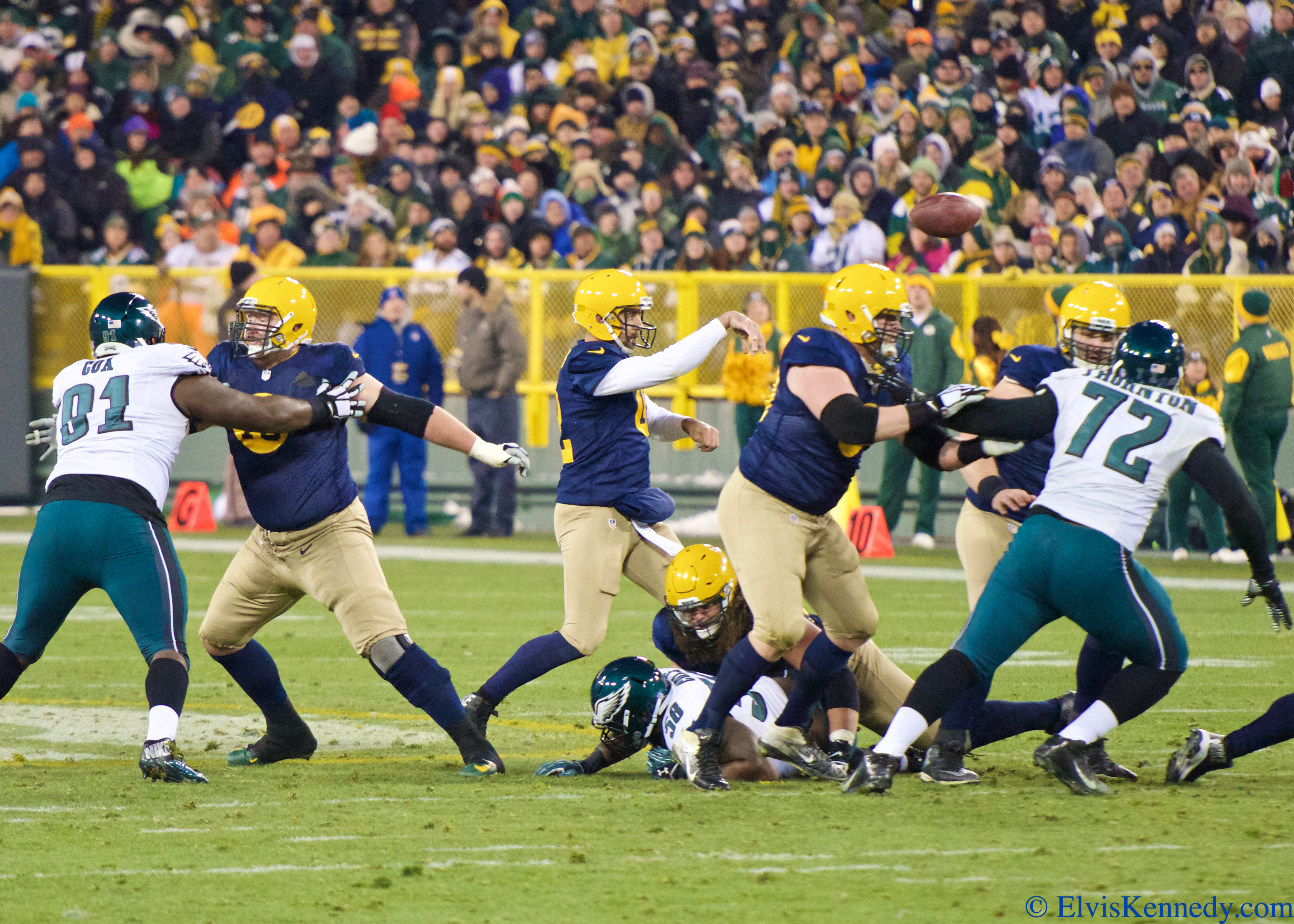Every passionate football fan loves the jarring blow of a good tackle to an opposing football player. The satisfying crunch. The roars of the crowd. The violence. That’s what makes football so great, am I right?
Given the violent nature of football, players often get concussions on the field. To begin with, a concussion can be characterized as a “traumatic brain injury that alters the way your brain functions.” When initially diagnosing a concussion, symptoms may include:
- Headache or a feeling of pressure in the head
- Temporary loss of consciousness
- Confusion or feeling as if in a fog
- Amnesia surrounding the traumatic event
- Dizziness or “seeing stars”
- Ringing in the ears
- Nausea
- Vomiting
- Slurred speech
- Delayed response to questions
- Appearing dazed
- Fatigue
Image Source: Joseph Garnett Jr.
One particularly troubling example is the story of the late Junior Seau. Seau was a star linebacker who terrorized opposing offenses throughout his career. However, unbeknownst to his peers and perhaps, even to himself, Seau was terrorized by the neurological effects of absorbing frequent blows to the head. After retiring from the NFL, his life fell into a downward spiral where he “…withdrew from family and friends. He made terrible business decisions. He abused pills. He drank. He gambled away terrifying sums.” On May 2, 2012, Seau committed suicide.
A lot of people may have written off this story as a classic case of not being able to transition into life after the NFL or depression. But what doctors discovered from his autopsy was evidence of chronic traumatic encephalopathy (CTE), a neurological disease that has been studied and linked to concussions. Sadly, Seau is not alone in this ongoing battle against the debilitating effects of concussions; many NFL players’ struggles and deaths have been linked to CTE.
So, what exactly is the moral of the story? Am I proposing to completely take away hard tackles in football? No, that would take away too much from the game and the excitement it instills into the audience. Instead, what we should do is educate and inform players and teams about the ramifications of targeting opposing players’ heads. Specifically, we should teach players to focus more on the safe, fundamental tackle below the head, because this simple change may save the lives of our beloved football players.
Featured Image Source: Aaron Rodgers by Elvis Kennedy











It is sad only until recently, they are linking football injuries to dementia and likes. I like this article.